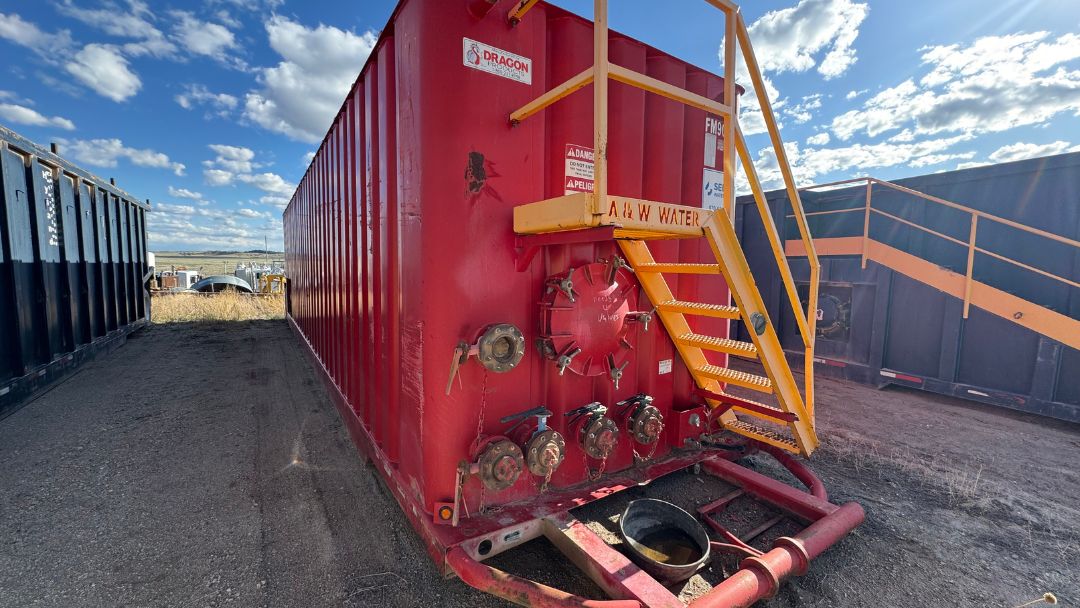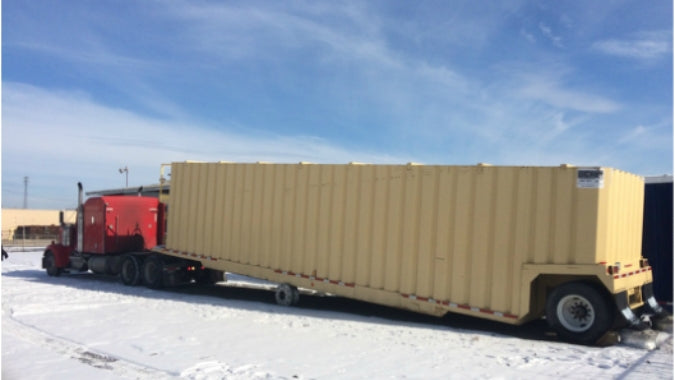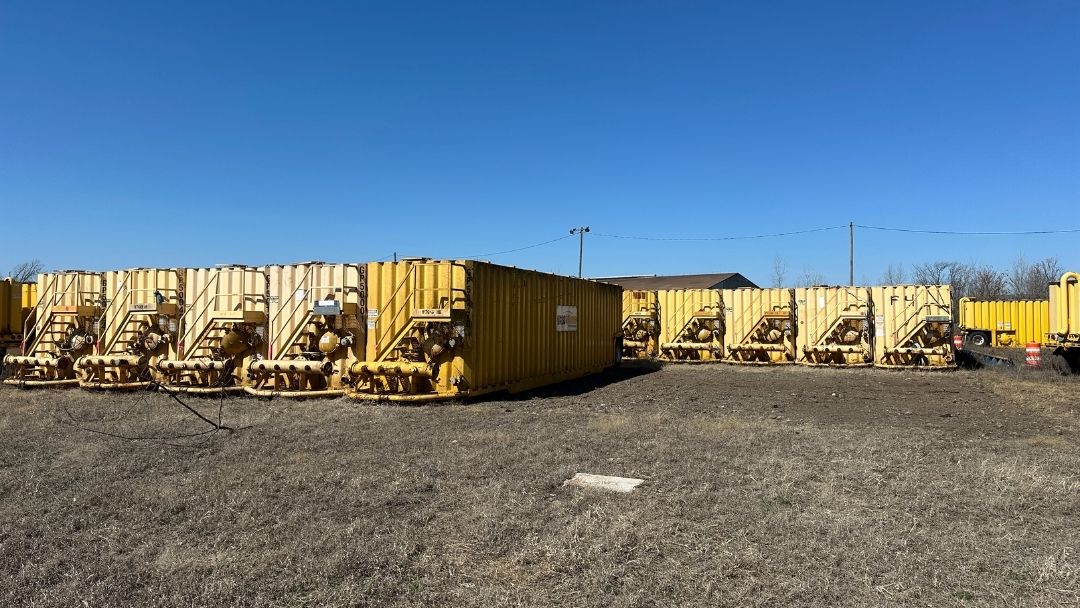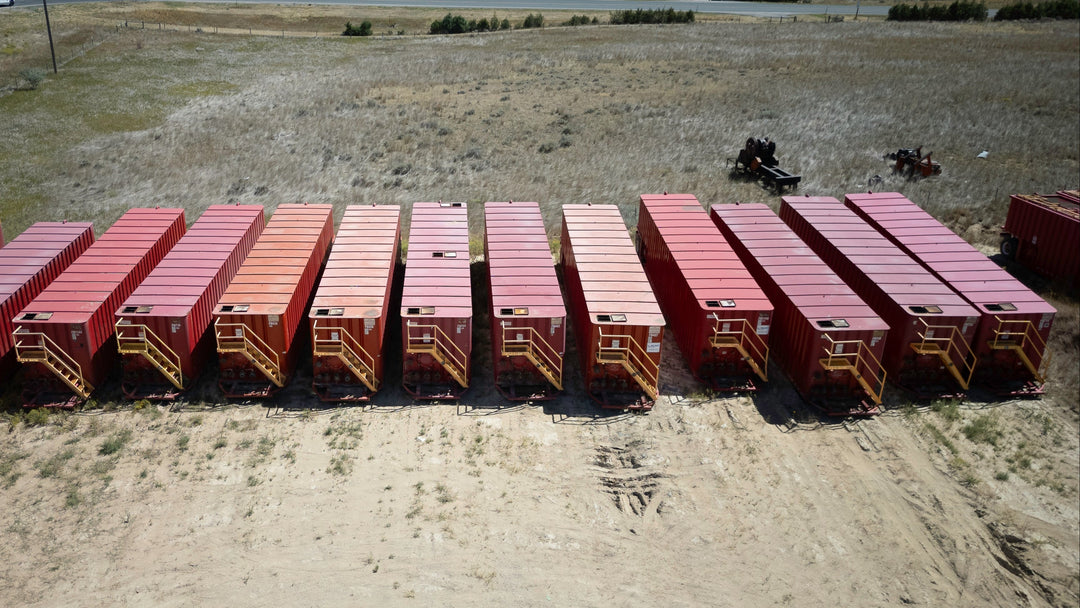Articles

From irrigation water storage to diesel fuel containment, frac tanks have proven to be incredibly useful on farms of all sizes. With the right setup, they can boost efficiency and reduce costs across your operation.

Frac tanks provide a reliable, flexible, and cost-effective solution for snow removal and landscaping companies needing bulk salt brine storage. With winter weather becoming more unpredictable, having a secure and scalable salt brine supply can be the key to keeping operations running smoothly.

A key piece of equipment that plays an essential role in effective dewatering operations is the frac tank. Originally designed for hydraulic fracturing in the oil and gas sector, frac tanks have found versatile applications well beyond their initial purpose.

Frac tanks are essential for temporarily storing liquids like water, chemicals, and sludge in industries such as oil and gas, construction, and wastewater management. The process starts with figuring out the right tank for the job, followed by safe setup, connection, and regular maintenance. When handled properly, frac tanks offer a reliable, flexible solution that meets both operational and environmental needs.

When it comes to managing large volumes of liquids in industries such as oil and gas, construction, and environmental services, frac tanks play a crucial role. These large, steel containers are designed to store and transport liquids such as water, chemicals, and waste fluids. But what exactly is a frac tank, and how is it used? Let’s take a closer look.

